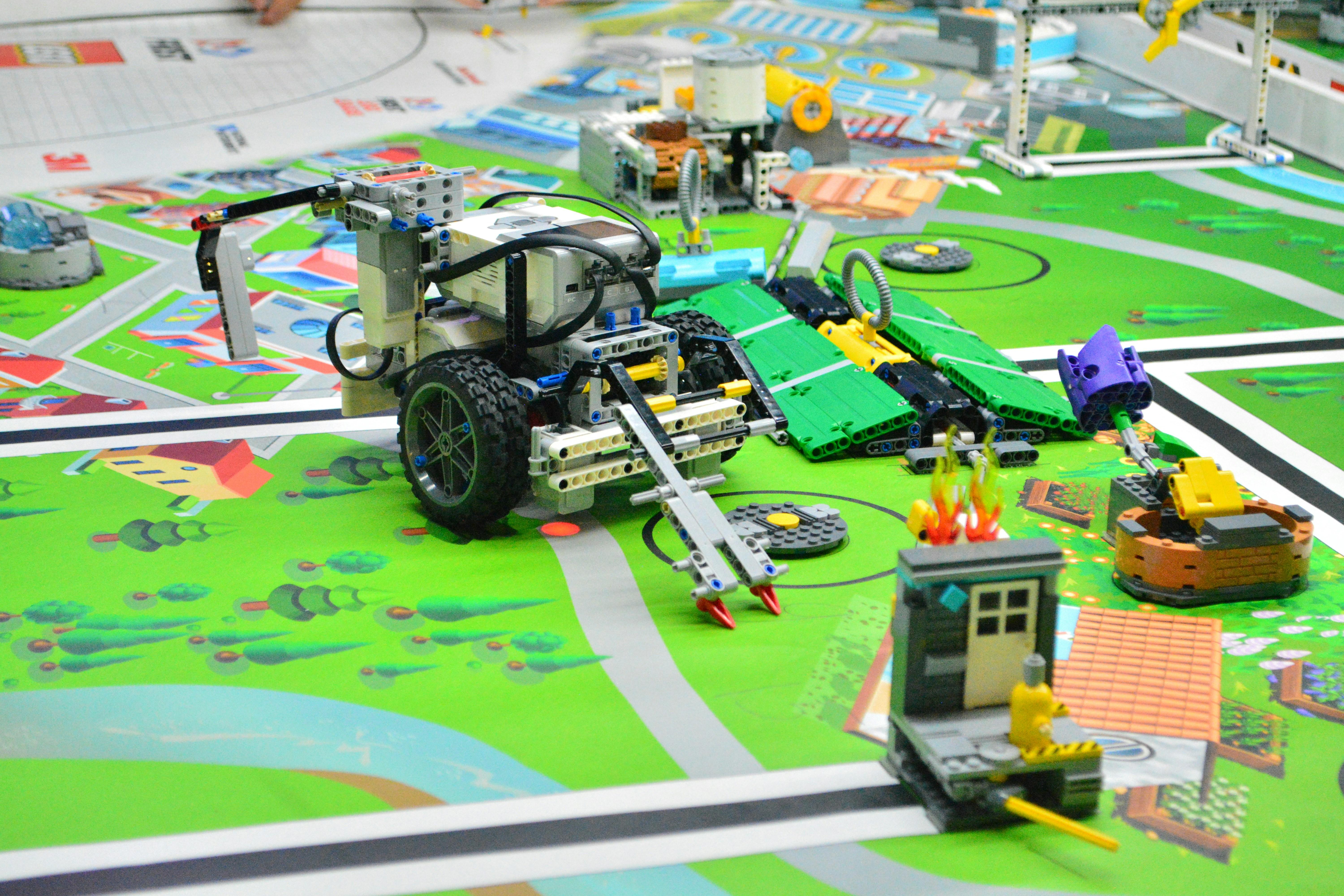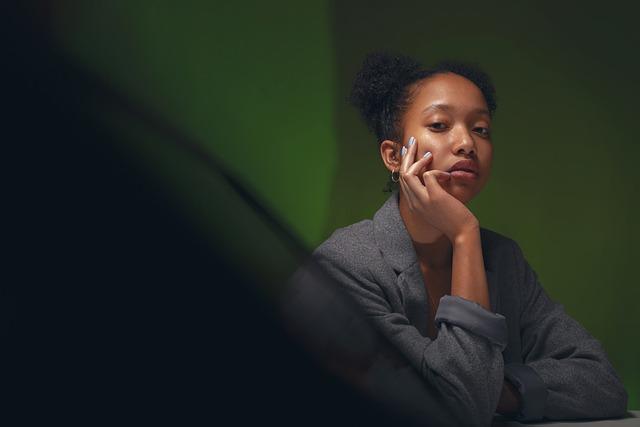In the realm of blockbuster cinema, where visual spectacle often reigns supreme, the magic that unfolds on screen is meticulously crafted by the unsung heroes of special effects teams. These creative masterminds, armed with cutting-edge technology and boundless imagination, transform visionary concepts into breathtaking realities. This article delves into the behind-the-scenes world of these talented artisans, offering exclusive interviews that reveal the intricate processes and innovative techniques that power the most iconic cinematic experiences. Through an analytical lens, we explore the challenges they face, the triumphs they achieve, and the evolving landscape of special effects in an industry where the only constant is change. Join us as we uncover the artistry and precision that lie at the heart of movie magic.
Crafting Movie Magic: Insights from Special Effects Teams
In the realm of blockbuster films, special effects teams are the unsung heroes, transforming scripts into visual spectacles that captivate audiences worldwide. These teams employ a blend of cutting-edge technology and creative ingenuity to craft scenes that blur the line between reality and imagination. From the meticulous design of CGI creatures to the practical effects that give weight and texture to the fantastical, their work is both an art and a science.
Key techniques that define their craft include:
- Motion Capture: Utilizing sensors and cameras to translate actors’ movements into digital avatars, breathing life into non-human characters.
- Miniature Models: Building scaled-down replicas of sets or objects, allowing for realistic destruction sequences without the exorbitant costs.
- Practical Effects: Implementing physical props and makeup to enhance authenticity, often used in tandem with digital effects for seamless integration.
These insights reveal the intricate layers of collaboration and innovation required to deliver the awe-inspiring visuals that define modern cinema.

Innovative Techniques Transforming the Film Industry
- Virtual Production: The rise of virtual production is reshaping how films are made. By integrating real-time computer graphics with live-action footage, filmmakers can visualize entire scenes before shooting. Special effects teams are leveraging game engines like Unreal Engine to create stunning digital environments, allowing directors to make adjustments on the fly.
- AI in VFX: Artificial intelligence is becoming a game-changer in visual effects. From automating complex tasks like rotoscoping to enhancing facial animations, AI is reducing production time and costs. Teams are utilizing machine learning algorithms to generate hyper-realistic effects, pushing the boundaries of what’s possible on screen.
- 3D Printing: This technology is being used to create detailed props and models quickly and efficiently. Special effects artists are embracing 3D printing to craft intricate designs that would be impossible to produce by hand, enabling a seamless blend of physical and digital effects.
These techniques not only enhance the visual storytelling but also streamline production workflows, providing filmmakers with unprecedented creative freedom. By adopting these cutting-edge methods, special effects teams are setting new standards in the film industry, crafting immersive experiences that captivate audiences worldwide.

Challenges and Triumphs in Special Effects Creation
The realm of special effects is a fascinating blend of artistry and technology, where every challenge met is a triumph of creativity and innovation. Special effects teams often grapple with tight deadlines, demanding directors, and the ever-present pressure to push the boundaries of what’s possible. A common hurdle is balancing realism with spectacle, ensuring effects enhance rather than overshadow the narrative. This often requires a seamless integration of practical and digital techniques, which can be a daunting task given the rapid evolution of technology.
- Resource Constraints: Budget limitations can stifle creativity, forcing teams to innovate within tight financial parameters.
- Technological Integration: Keeping up with cutting-edge software and hardware to deliver state-of-the-art visuals.
- Collaboration: Working closely with directors and other departments to align vision and execution.
Yet, for every challenge, there is a story of triumph. Teams take pride in their ability to turn the impossible into reality, crafting scenes that leave audiences in awe. By leveraging a combination of ingenuity and teamwork, these creators not only meet the expectations but often exceed them, setting new standards for future projects.

Expert Recommendations for Aspiring Effects Artists
Insights from seasoned professionals reveal that a successful career in special effects demands a blend of technical skill and creative vision. Mastering software tools like Maya, Houdini, and After Effects is crucial, but equally important is cultivating an understanding of storytelling and visual language. Experts suggest aspiring artists should:
- Build a Diverse Portfolio: Showcase a variety of projects that highlight different techniques and styles.
- Engage with Online Communities: Participate in forums and groups to exchange ideas and receive feedback.
- Stay Updated on Industry Trends: Regularly follow industry news and innovations to keep your skills relevant.
Additionally, networking is emphasized as a key component. Attending industry events, workshops, and conventions can provide valuable connections and insights. Collaboration is another critical skill; working effectively with directors, producers, and other artists ensures that creative visions are realized on screen.

